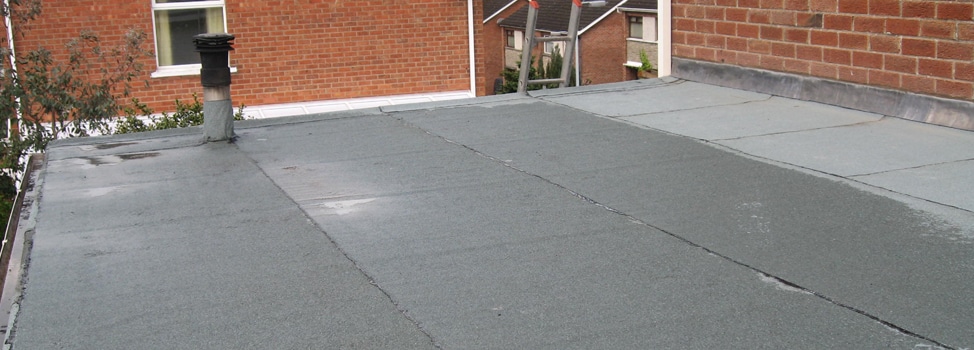Additionally modified bitumen roofing systems are energy efficient.
Modified bitumen roof vs rolled roofing.
This feature makes modified bitumen roofing the ideal choice for low slope commercial roofing with high foot traffic.
Roll roofing and modified bitumen are both suitable for low slope roofs.
Second measure the width of material between seams parallel to the roof eaves.
Modified bitumen roofing has been around since the 1970s and tpo developed later in the 1990s but they both are ideal for all types of weather and have advantages and disadvantages.
The innate durability of a bur modified roof systems are very resistant to overall damage for weather reducing the need for repairs.
They perform well in both extremely hot and bitterly cold conditions perfect for the weather extremes common across new jersey and nearby states.
Pros of the modified bitumen.
Modified bitumen roofing has been around since the 1970s when it was developed to address ongoing issues with traditional asphalt roofs.
Bitumen roof advantages and disadvantages.
The modified bitumen seals down to the roof so there are no seams.
This type of a roof could be installed with the cold adhesives the asphalts or the common torch method.
Modified bitumen is a type of asphalt product that can be applied in a number of ways to the roof in both hot and cold temperatures.
Unlike the previous flat roof style this one is a single ply folded roof that resembles the ice and water protections shields although its surface area is saturated with a mineral based wear.
Since modified bitumen is typically 39 wide and overlapped just an inch or two the measurement will be wider than lapped 36 asphalt roll roofing whose interstitial spaces will be less than 36.
Tpo roofs have been around since the 1990s.
The two most commonly used roofing systems in commercial properties are tpo and modified bitumen.
Sometimes bitumen roofing products like asphalt shingles can be recycled and used to construct new roads.
The modified bitumen.

